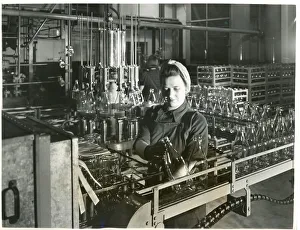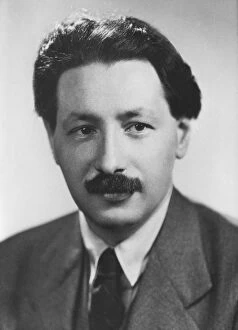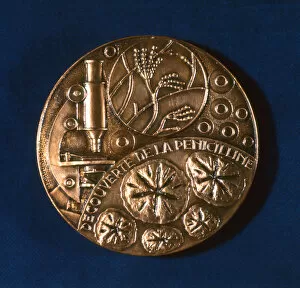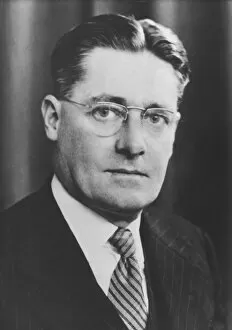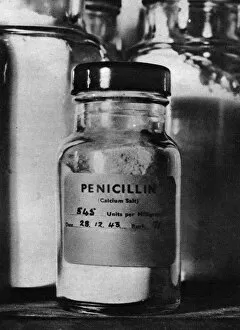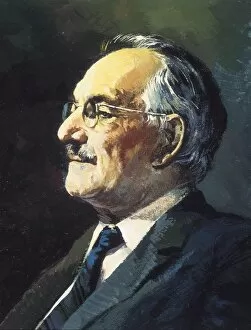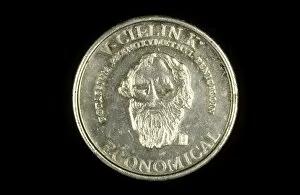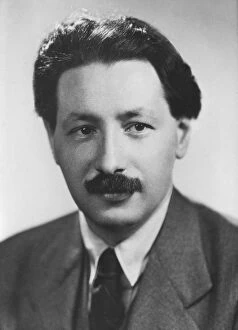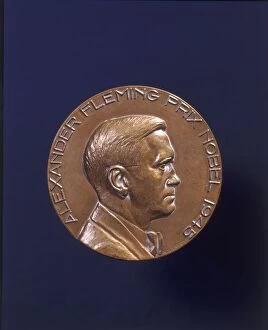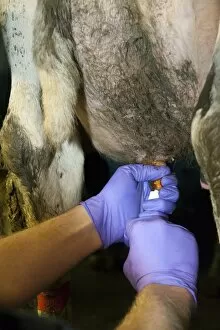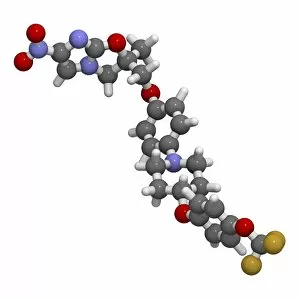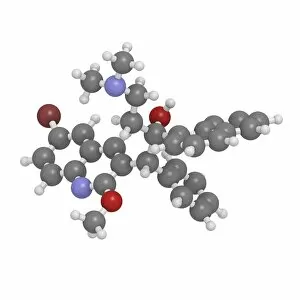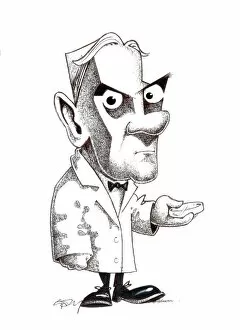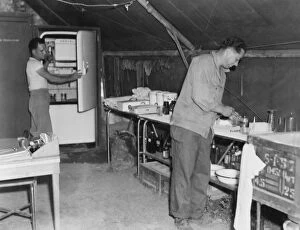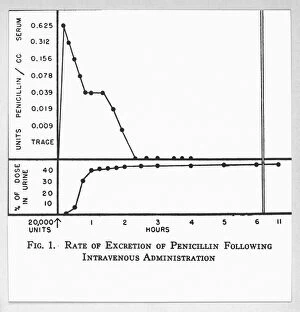Antibiotic Collection
"Revolutionizing Medicine: The Power of Antibiotics" In the early 20th century, a breakthrough in medicine forever changed the course of human health
All Professionally Made to Order for Quick Shipping
"Revolutionizing Medicine: The Power of Antibiotics" In the early 20th century, a breakthrough in medicine forever changed the course of human health. A humble Penicillin bottle stands as a symbol of this monumental discovery. On May 4, 1944, at Imperial Chemical Industries' production line, penicillin production was underway, marking a turning point in medical history. Long before this momentous event, an engraving titled "Vaccination, " published by J. L. Stuart in 1802, hinted at the potential for combating infectious diseases. Little did they know that their vision would become reality decades later. The faces behind this remarkable achievement were Alexander Fleming and Ernst Boris Chain. In black and white photos from the 1930s and 1940s, we catch glimpses of these brilliant minds who dedicated themselves to unraveling nature's secrets. A medal commemorating the discovery of penicillin in 1945 serves as a testament to their groundbreaking work. Howard Walter Florey, an Australian pathologist who played a pivotal role alongside Fleming and Chain, is also honored on this medal. Their efforts did not go unnoticed; Alexander Fleming received the prestigious Nobel Prize in Physiology or Medicine in 1945 for his extraordinary contribution to humanity's well-being. But it wasn't just one man or one country that propelled antibiotic research forward. Selman Abraham Waksman emerged as another key figure—an American microbiologist whose discoveries expanded our arsenal against harmful bacteria. Returning to Alexander Fleming once more—his laboratory became synonymous with hope during those transformative years. His dedication paved the way for countless lives saved through antibiotics—a true hero whose legacy continues to shape modern medicine today.


